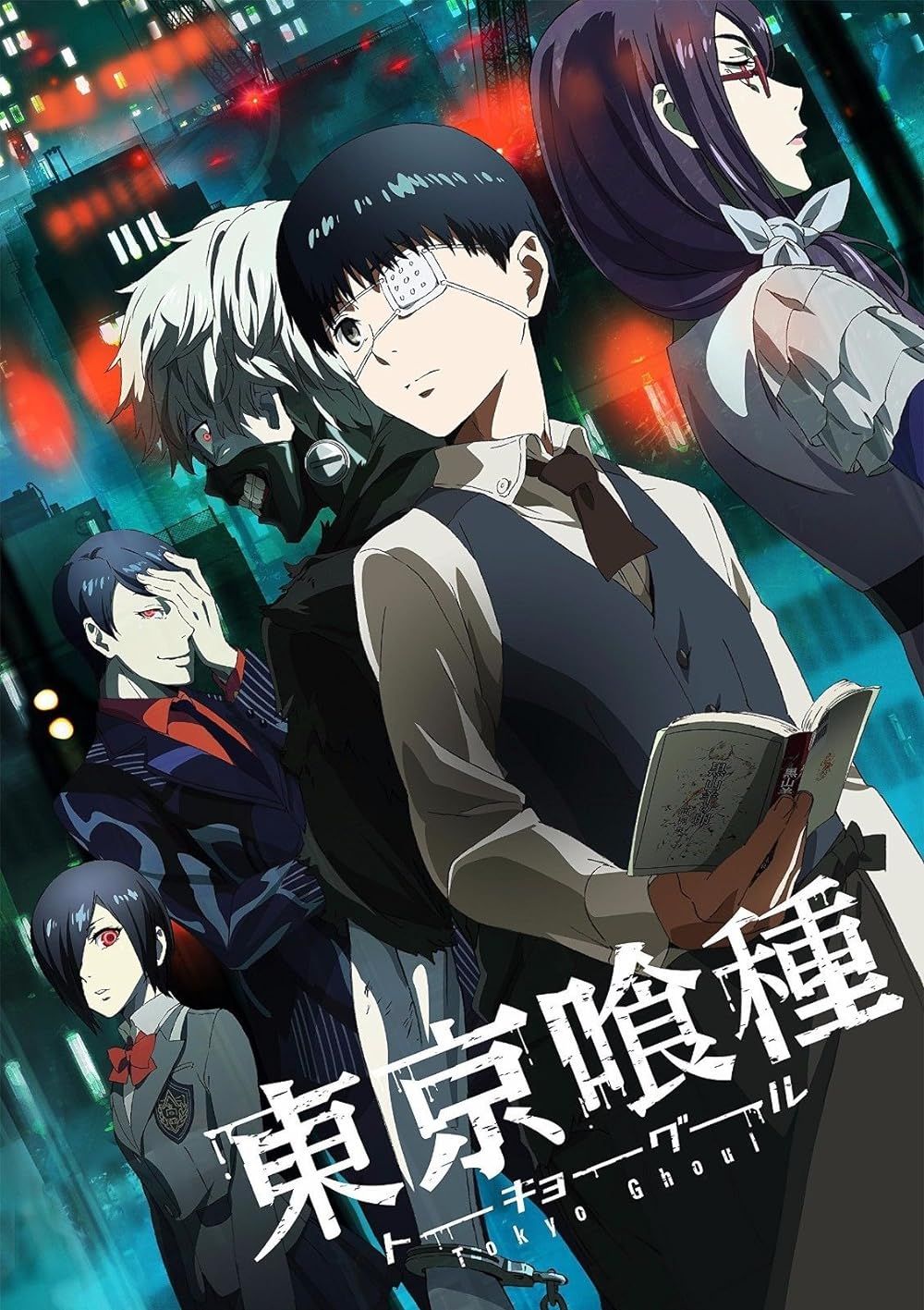Tokyo Ghoul has become a polarizing yet popular anime since its 2014 debut. Delving into the world of Kaneki Ken, who is transformed from a timid college student into a half-ghoul, the series is full of complex characters, moral ambiguities, and dark mysteries.
Yet, despite its interesting narrative, Tokyo Ghoul is also peppered with questionable storylines that have left fans both confused and dissatisfied. From inconsistent power levels to character decisions that make no sense, certain Tokyo Ghoul moments have forced fans to unravel the series' most perplexing threads.
10 Kaneki Is Unnecessarily Edgy
Tokyo Ghoul's many flaws come from its reluctance to stay faithful to the manga. Among the many departures from the source material is Kaneki's character portrayal. Before his time as Haise Sasaki, Kaneki undergoes a dramatic shift, becoming an excessively brooding and edgy character. This change strips away the depth and nuance of Kaneki's personality, making him appear one-dimensional.
Kaneki's personality shift is especially disappointing since the manga maintains his complexity, showcasing his struggles without sacrificing his compassion. He is still empathetic towards others and connects with those around him. By deviating from the source material in this crucial aspect, the anime fails to capture the essence of Kaneki's character, leaving viewers with a less compelling and authentic portrayal.
9 Tokyo Ghoul Has Too Many Repetitive Themes
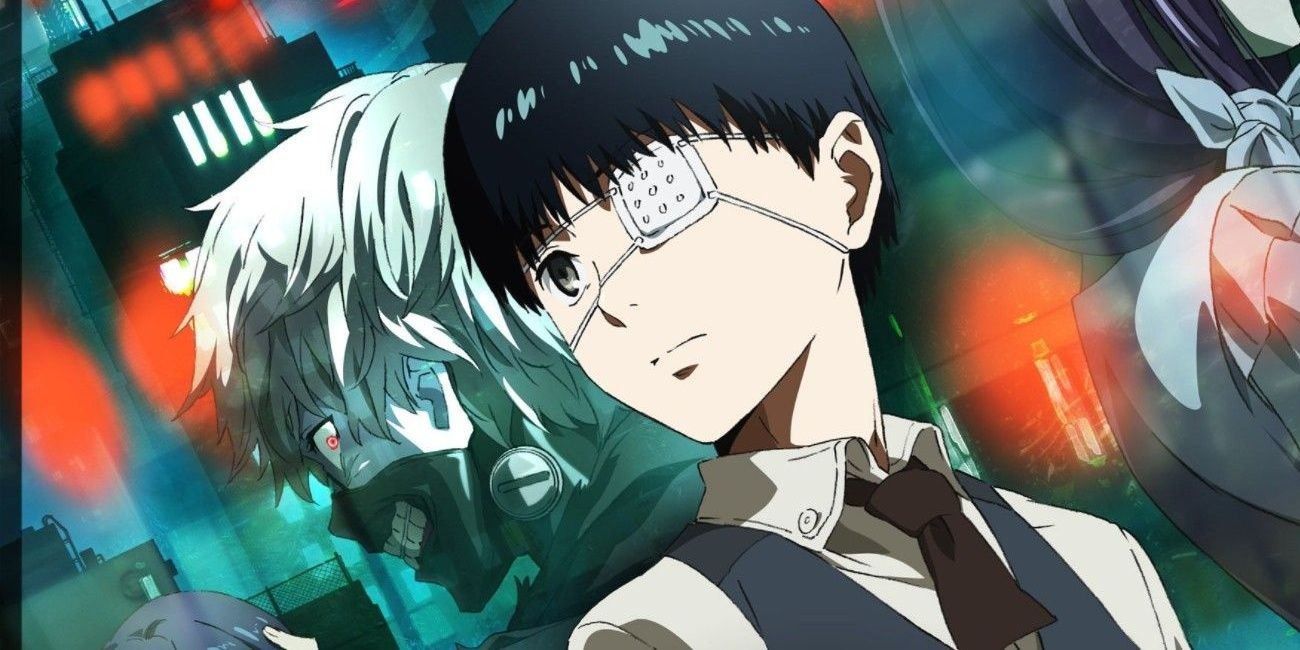
Tokyo Ghoul often revisits and repeats themes and plot points throughout its narrative, which can be both entertaining and frustrating for fans. One recurring theme is the struggle between humanity and monstrosity, which is demonstrated through Kaneki's internal conflict as he struggles with his newfound ghoul nature while clinging to his human identity.
While this theme adds depth to the story, its repetition in various character arcs can feel redundant and predictable. For example, characters like Amon and Takizawa go through similar struggles with their ghoul identities, echoing Kaneki's journey and diluting the impact of his own narrative.
8 Ghouls Can Only Drink Coffee
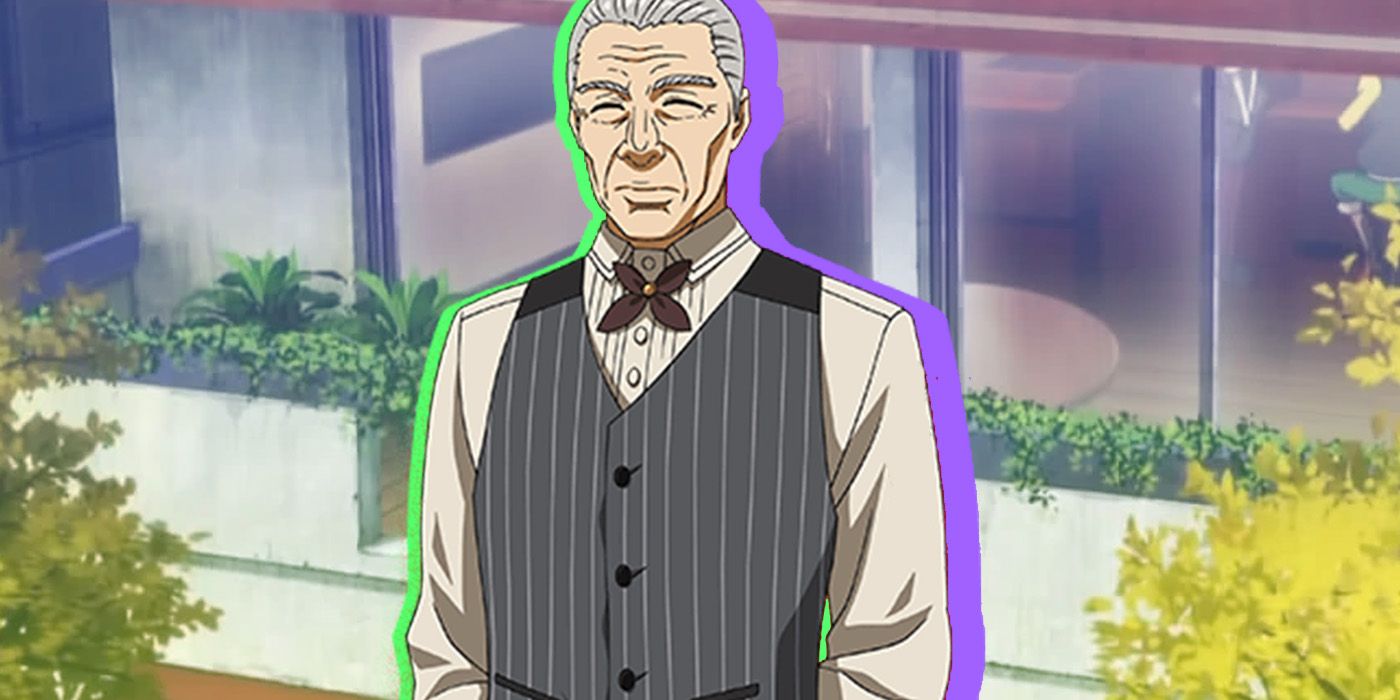
Coffee is the only normal thing that ghouls can consume without any adverse effects and often acts as a substitute for human flesh. However, the reason why is never fully explained. This lack of explanation raises questions about the nature of ghouls and their dietary requirements. Fans are left to question why coffee is the only substance that ghouls can consume without any adverse effects.
Also, the reliance on coffee as a plot device feels random and contrived at times, as characters frequently meet in coffee shops to discuss important matters without addressing the significance of this particular beverage. The emphasis on coffee as a symbol of ghoul-human relations, such as Anteiku's coffee shop serving as a neutral meeting ground, further lacks meaningful context without a deeper understanding of its physiological effects on ghouls.
7 Power Levels Are Inconsistent
.jpg)
Tokyo Ghoul often faces criticism for its fluctuating character strengths. Sudden power-ups often feel unearned and ghouls' tolerance for pain fluctuates wildly. For example, Takizawa seems to casually dismiss having two gaping holes in his stomach, yet is extremely sensitive to a nutcracker like a normal human.
In another instance, Kaneki struggles in his fight against Ayato Kirishima, despite having previously defeated much stronger opponents like Yamori. Ayato's sudden ability to hold his own against Kaneki also seems inconsistent with his established power level.
6 Tokyo Ghoul √A Exists
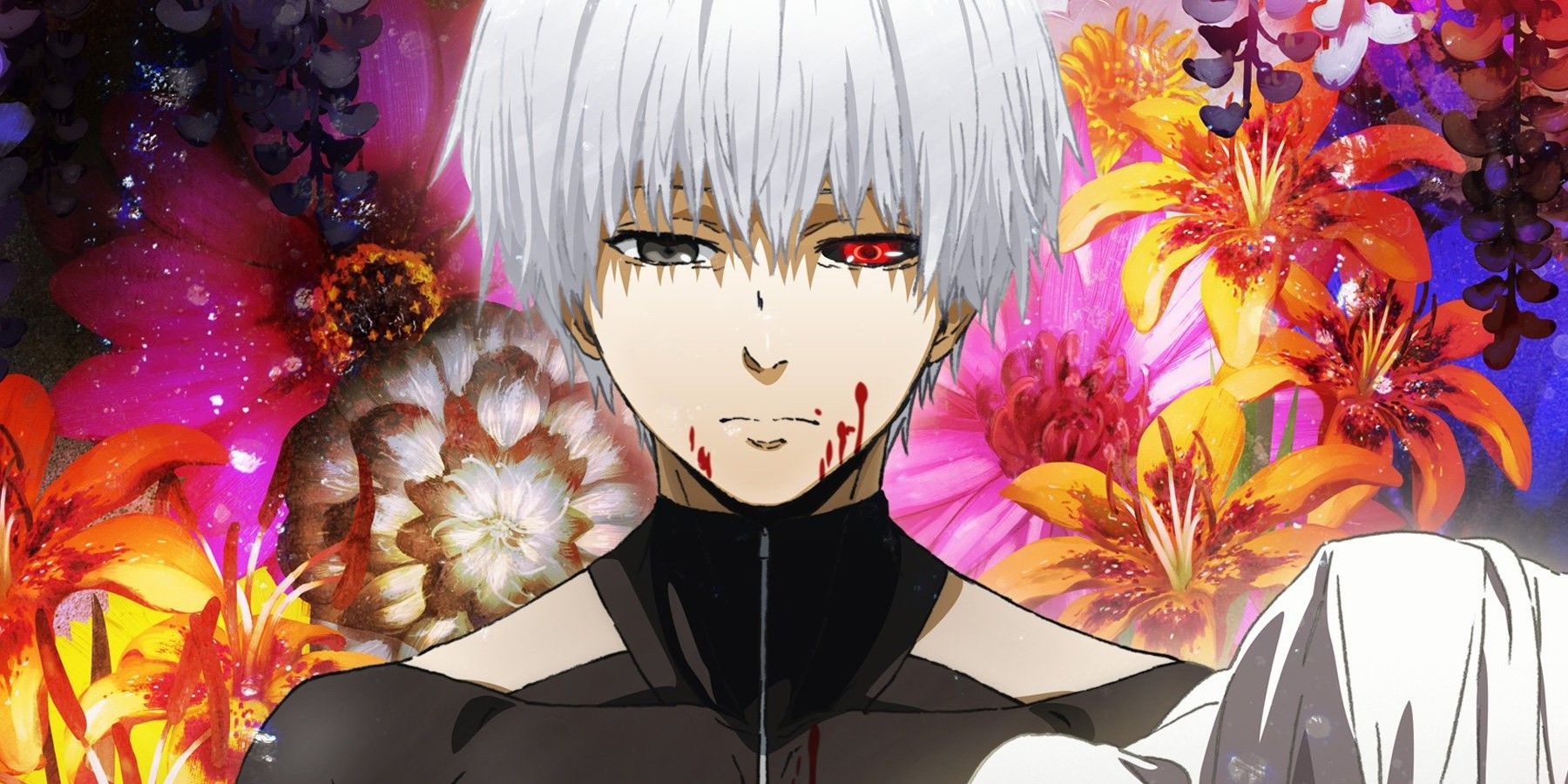
Tokyo Ghoul √A remains a thorn in fans' side and is widely considered to be where the series lost itself. The season suffers from myriad inconsistencies and omissions that make its narrative progression nonsensical and disjointed, especially when compared to Tokyo Ghoul's manga counterpart. Notably, the absence of crucial characters like Banjou, the omission of significant arcs such as the Cochlea raid, and the lack of key character interactions and developments, such as Kaneki and Eto's meeting, leave anime-only fans confused and disconnected from the story's coherence.
Important plot elements, such as the significance of Arima's quinque name, Haise, are also either altered or neglected, further downplaying the depth and complexity of the series. These discrepancies detract from the overall impact and cohesiveness of Tokyo Ghoul's story, ultimately making it a frustrating and perplexing viewing experience for fans.
5 Tokyo Ghoul √A and Tokyo Ghoul :re Are Largely Disconnected
Tokyo Ghoul's second season had its own original story that ended up throwing the series' entire narrative off. When the third season, :re, was announced, many fans questioned how the series would progress after straying so far away from its source material. The result was the retconning of most of √A's plotlines, but it just ended up leaving fans extremely confused.
For example, √A ends with Kaneki holding a deceased Hide in his arms. Yet, Tokyo Ghoul :re opens with someone named Haise Sasaki who turns out to be an amnesiac Kaneki who is now an investigator despite being an S-rated ghoul. Not only does this deviate from the manga, but it has no connection with √A's finale. It also is not explained how Kaneki even got to this point. Hide is also not dead but rather stated to be missing at the start of this season. Fans are essentially left to figure out what is happening on their own since nothing is connected or explained efficiently.
4 No One Knows Where Ghouls Came From
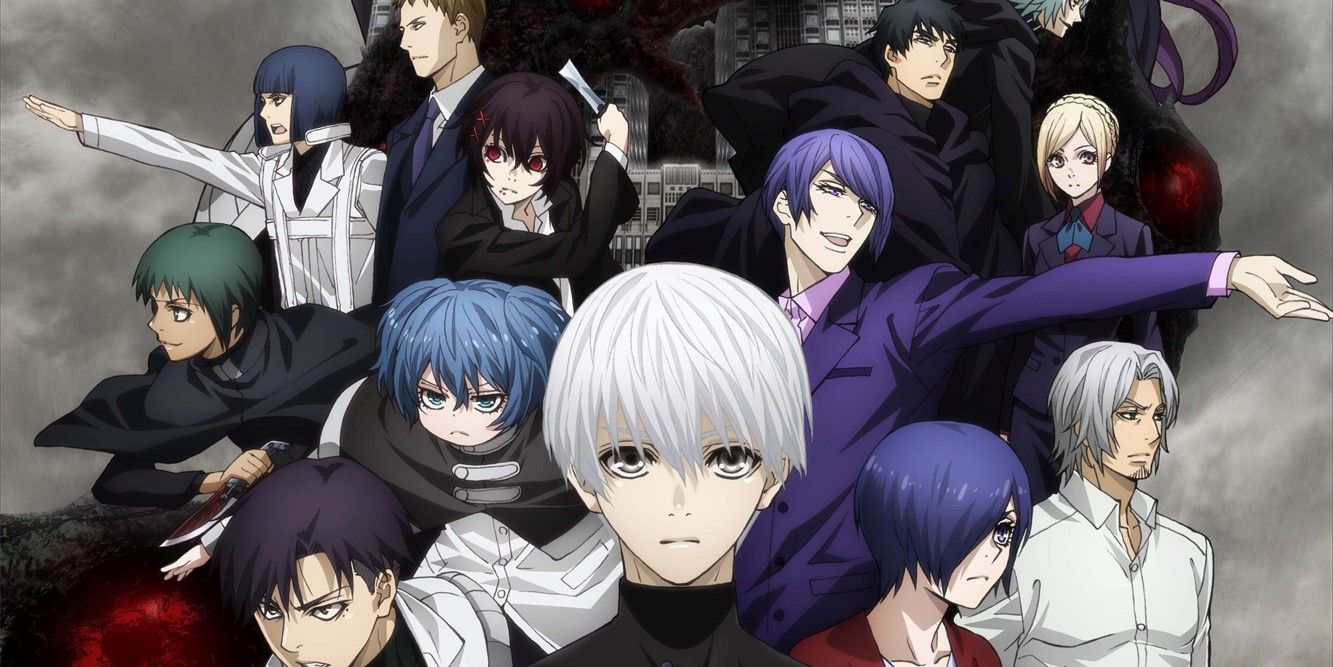
Where ghouls came from is still a question that has yet to be answered, creating a significant gap in Tokyo Ghoul's world-building. It is hinted that a ghoul is created when a human is implanted with a kakuhou, but that doesn't explain the exact origins of full-blooded ghouls. The origins of kakuhou themselves are also shrouded in mystery, with little explanation for how they came to exist or why only certain individuals have them.
This lack of exposition not only hinders the audience's understanding of ghouls but also detracts from the overall coherence of the story. Without a clear understanding of where ghouls come from or how they came to be, viewers are left to speculate about the underlying mechanics of the story's universe.
3 The Ending Is Rushed
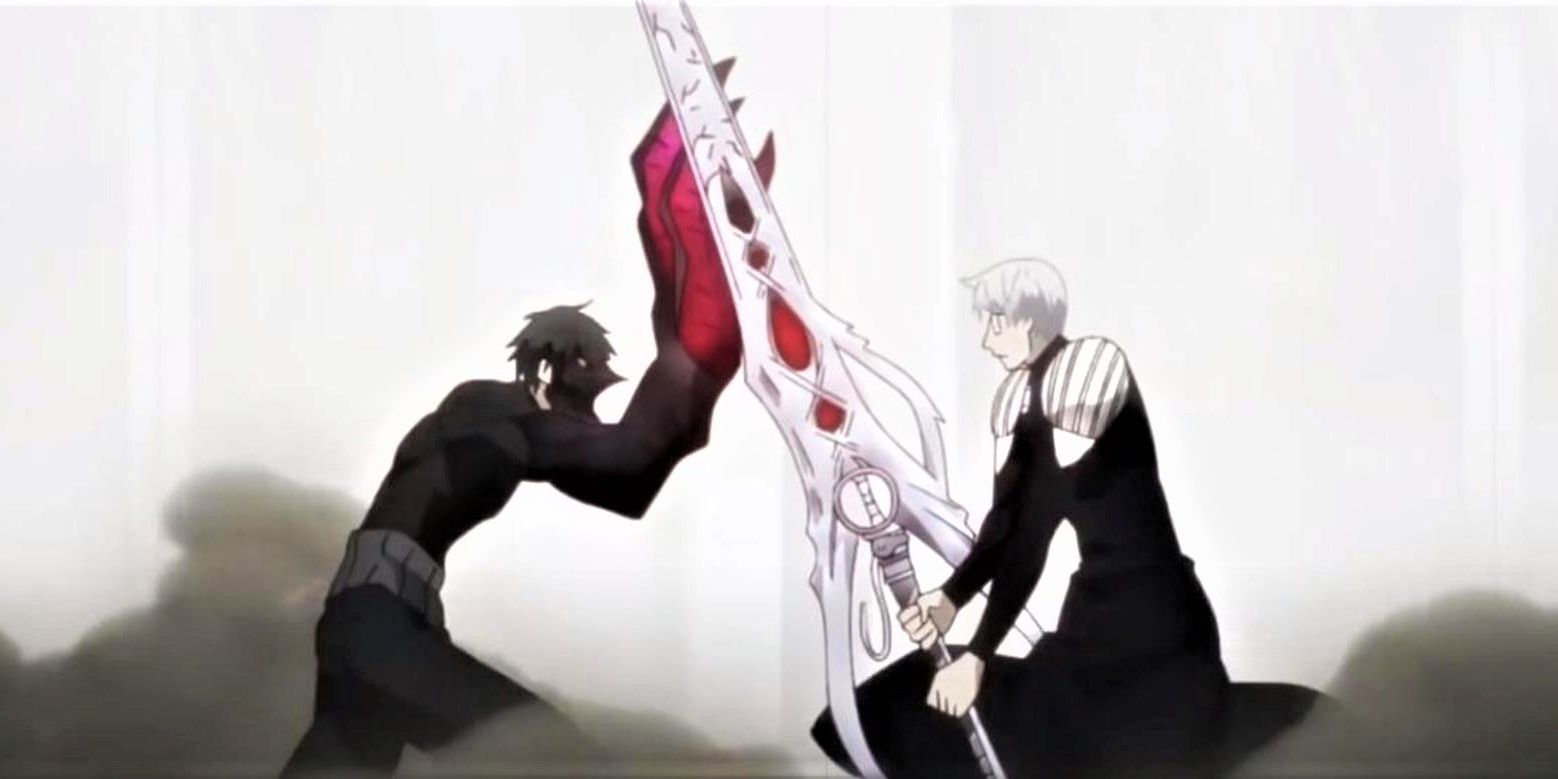
Not only does Tokyo Ghoul fail fans by not following its manga; it also rushes its ending. The series compresses crucial plot points and character developments into a limited time frame, resulting in an unsatisfying conclusion. One example of this rushed pacing is Kaneki's confrontation with Arima — a pivotal moment where he confronts his mentor and adversary in a climactic battle.
In the manga, this confrontation is given plenty of time to unfold, allowing for a nuanced exploration of their relationship and Kaneki's internal struggles. However, the anime relegates their encounter to a single episode that lacks adequate buildup or development. Significant events like Hide's reveal as a CCG spy and the fate of Anteiku are also hastily resolved, robbing them of the tension and significance they hold in the manga.
2 Dr. Kano Turns Kaneki Into a Ghoul Without His Consent
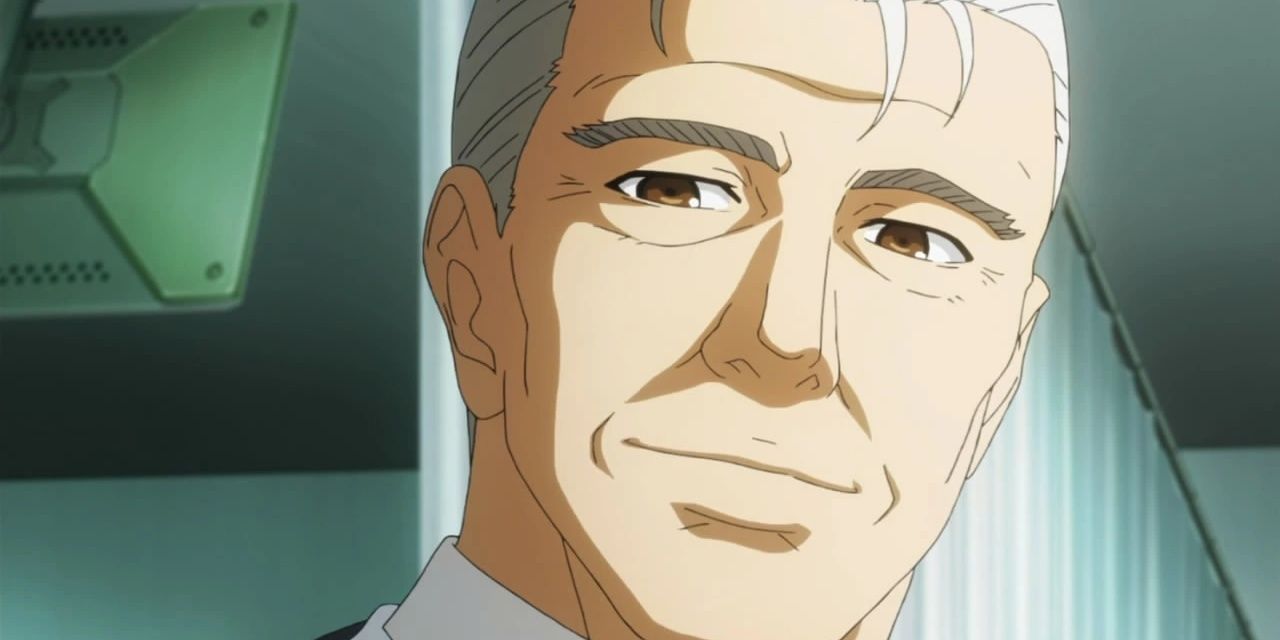
Dr. Kano's transformation of Kaneki (and later Takizawa) into ghouls raises numerous ethical and narrative concerns. Firstly, the lack of informed consent from both Kaneki and Takizawa downplays their rights, as they are forcibly subjected to drastic changes.
Secondly, the process of ghoulification itself is very risky, with significant potential for physical and psychological harm. For example, Kaneki's transformation leads to a profound identity crisis and mental anguish as he struggles with his newfound ghoul nature. Similarly, Takizawa is also left severely traumatized, and his instability leads him to commit horrific acts of violence. Dr. Kano's motives lie in his wanting to "free" humans from their limitations by turning them into ghouls, but his actions are downright inhumane.
1 Kaneki Joins Aogiri Tree
Kaneki's decision to join Aogiri Tree at the start of Tokyo Ghoul √A remains the series' most controversial and questionable plot point. It is a decision that completely deviates from the manga and changes Kaneki and the anime's trajectory. Firstly, Kaneki's sudden alignment with Aogiri Tree drastically contradicts his established moral compass, as he previously rejected their extremist ideology and violence.
Kaneki's decision is also illogical given the circumstances. After going through immense physical and psychological trauma at the hands of Aogiri members, including Yamori, it's reasonable to expect Kaneki to harbor resentment and animosity towards the organization. His allegiance to them completely overlooks their mistreatment towards him and his friends and stands as the moment where Tokyo Ghoul's anime adaptation began to fall apart for fans.
